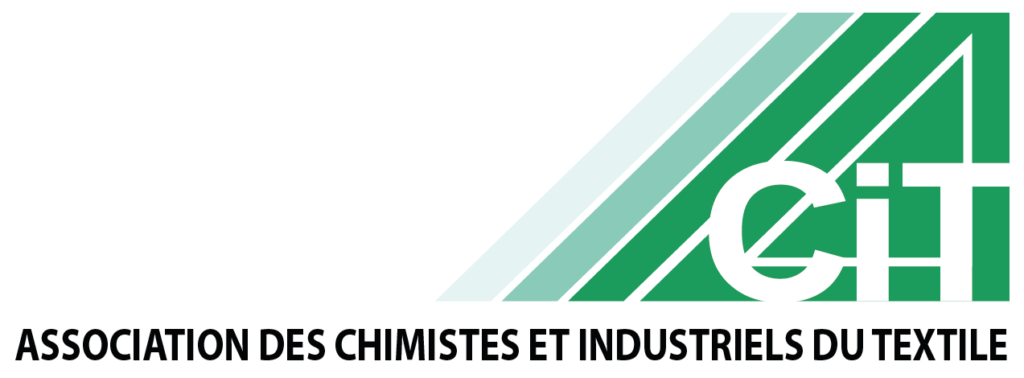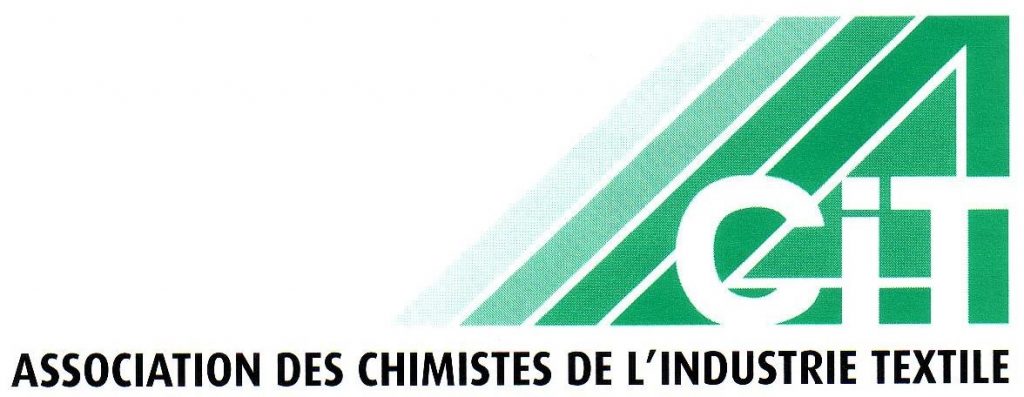Georgina Mawer
Head of Commercial, Eurofins | BLC
Upstream chemical management in consumer product supply chains is of critical importance, especially when considering the complex and global nature of the textile and apparel industries. These industries rely heavily on the use of chemicals throughout various processes, from production and finishing to quality control. However, the responsible management of chemicals is imperative to ensure the well-being of workers, consumers, and the environment.
A focus on responsible chemical management is fast becoming an absolute requirement for brands and retailers as part of their sustainable product offering; this is invariably placing pressure on upstream manufacturers to provide products that are produced in the absence of any hazardous chemistry. For many brands, it is no longer acceptable to just offer products that are compliant to finished product safety regulations, as this gives little assurance over the impacts of chemical use during the product lifecycle inclusive of all upstream and downstream activities. The responsible use of chemicals, therefore, requires a holistic viewpoint taking into account the entire life cycle of the product involving the whole value chain; consequently, this means an additional effort around chemical management for the entire upstream supply chain including chemical procurement, storage, handling, end use and waste management.
Manufacturing Restricted Substance Lists (MRSL)
To address these challenges, in recent years the Manufacturing Restricted Substances List (MRSL) has gained prominence as a critical framework for guiding industries toward sustainable and compliant chemical management. In its simplest form, an MRSL is a compilation of chemical substances that are restricted or prohibited for use in manufacturing processes, particularly in industries such as textiles, apparel, and footwear. The primary purpose of an MRSL is to regulate and control the use of chemicals to ensure that products are manufactured in a way that minimises the impact on human health and the environment.
Arguably, the most cited and adopted MRSL is that released by the Zero Discharge of Hazardous Chemicals (ZDHC); an organisation that works to eliminate the use of hazardous chemicals in the textile, leather, and footwear value chain. The ZDHC MRSL is a list of chemical substances that are restricted or prohibited for use in the production of textiles, leather, and footwear within the ZDHC framework. Brands and manufacturers that are part of the ZDHC program are expected to implement the MRSL in their supply chains. This involves communicating the MRSL requirements to suppliers and ensuring compliance with these standards.
Compliance with the ZDHC MRSL may involve verification through testing and certification processes. Suppliers may need to demonstrate that their products meet the specified standards, and brands may use certification programs to ensure compliance throughout the supply chain.
MRSL Certification through Eurofins | Chem-MAP
Presently, the ZDHC Chemical Gateway serves as the information platform for chemical suppliers to upload MRSL compliant formulations which have been certified by an approved, third party ZDHC Certification Standard.
The Eurofins | Chem-MAP programme is an approved ZDHC Certification Standard able to offer certification of chemical formulations used in leather, textile and synthetic supply chains to the highest levels of ZDHC conformity. Through Eurofins | Chem-MAP chemical formulators can achieve:
- ZDHC Level 1 Conformance
- ZDHC Level 2 Conformance
- ZDHC Level 3 Conformance
- ZDHC Progressive Conformance (“Chemicals to Zero”)
The Eurofins | Chem-MAP Certification Standard is a robust, multi-module certification programme comprised of the following key elements:
MRSL Testing (Applicable for all Levels)
Using a risk-based approach, chemical formulations will be tested against the ZDHC MRSL. The testing will rely on the testing of multiple batches of the same sales product, to investigate the consistency of the product supplied. Listed chemical formulations need to pass the requirements of this testing programme to achieve certification.
Onsite Chemical Management Audits (Applicable for Levels 2, 3 and Progressive)
The Chemical Management Audit module involves an onsite audit of the chemical manufacturing facility (multiple site audits are also available). Within the audit, the product stewardship practices of the chemical supplier are evaluated. There are seven critical areas covered within the audit protocol, these include:
- Management Controls
- Regulations and Permits
- Chemical Selection and Assessment
- Chemical Storage
- Chemical Use
- Chemical Disposal
- Chemical Distribution
Supplier Transparency (Applicable for Levels 2, 3 and Progressive)
The Supply Chain Transparency module is a verification process used to evaluate the supply chain of the chemical manufacturer, focusing on supplier and subcontractor management processes. This comprises of both an onsite assessment of the chemical manufacturers supply chain, including any subcontracted activities which are likely to incur additional risk and MRSL testing of raw material inputs into formulated products.
The Changing Face of Compliance
With the advent of the MRSL, significant progress has been made in assessing hazardous chemistry above and beyond consumer facing risk and the transformative shift towards certification of input chemistry into leather and textile supply chains through initiatives such as ZDHC. The Eurofins | Chem-MAP programme is supporting the value chain with sustainable, responsible, and transparent chemical management, ultimately contributing to the long-term resilience of fashion supply chains.
For more information on Eurofins | Chem-MAP please contact us via chemmap@cpt.eurofinseu.com or call +44 1604679999

